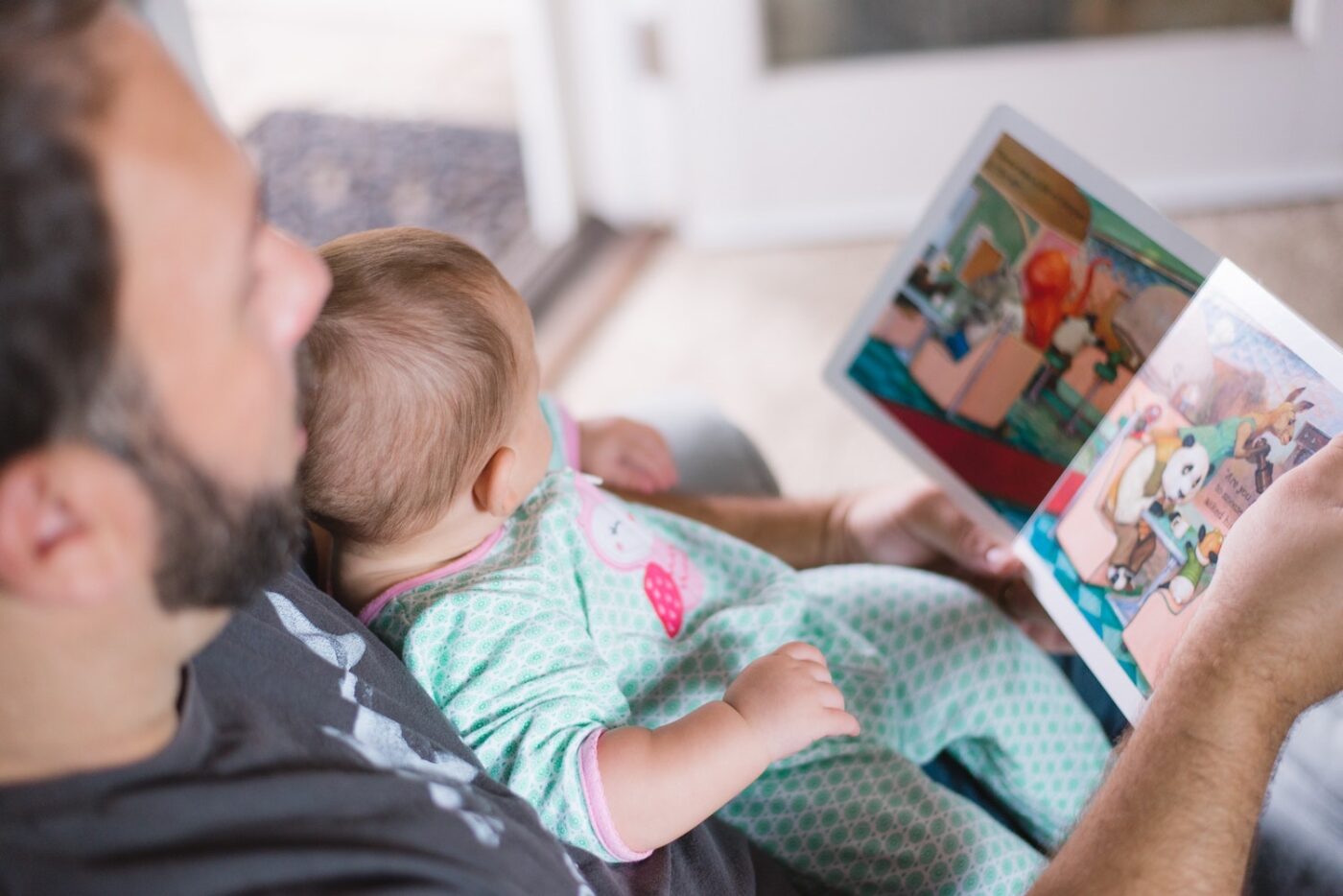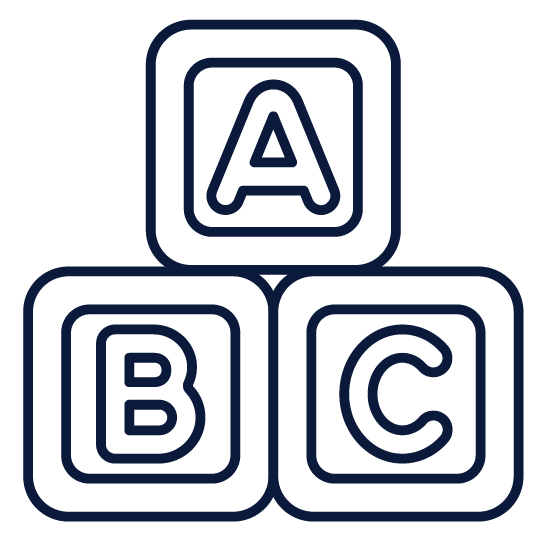Reading to your child from an early age will instil a love of reading and open up the world of literacy to them. Your child will soon begin to recognize letters and words in their environment, and that print holds meaning.
Developing their passion for reading
There are so many benefits to reading to a baby from day one. Get them to look at pictures in books, touch and feel different textures and listen to the rhythm as you read the text.
As they enter the toddler years, they become more interested in books and will have their favourite stories. Stories that have rhythm and rhyme are often favourites, and the children will recite words and phrases after they have heard the story a few times.
It is helpful at this stage to show the child the correct way to hold the book and to carefully turn the pages. Toddlers often pretend to read books using their recall to recite parts of the book they know well and as you probably know will ask for their favourite story over and over again.
From about 2.5 years children will show an awareness in rhyme and alliteration, and they may start to predict what might happen next and the sequence of events. They may also be able to retell the story accurately. Involve your child in dialogic reading. This is a conversational form of reading which allows your child to participate in a greater way. For example, you can ask your child what they think happens next or what they think a character might be thinking. Would they have written it the same way or perhaps have a different narrative?
3 activities to support letter recognition
Use these fun exercises with your child to help reinforce letter association and recognition.
1. Letter Pot
These can be any pot with a lid and can be seen through although this is not essential. Write a letter on the top of each pot. The child then practices that sound and collects items or pictures from around the house or outdoors that start with that letter’s sound and places them in the pot.
2. Letter Collector
Place some coloured tape on the floor making roads. At certain points, place a letter on the floor and ask the child to take their tractor/digger/car down the road and then instruct which letter to collect.
3. Alphabet Soup
Take a pot or cauldron if you have one left over from Halloween and place some letters inside the pot. Make up a rhyme such as ‘bubble, bubble, toil and trouble’, can you find me a floppy fish, a tigers’ tail, a bouncy ball? and see if the children can fish the correct item out of the pot.
How to engage your child in reading.
Use an array of fiction, non-fiction, poems, digital print and classic books in your child’s book list to broaden their literacy horizon.
When reading with your child make time to discuss the story and events and to look at the illustrations. Have a variety of print in the child’s environment which can include cards, leaflets, comics, supermarket brochures, toy catalogues etc. Point out letters in the environment and play I Spy games to match up letters. Encouraging children to read cereal boxes while having breakfast, text on a meal carton or a recipe will all help to reinforce recognition. Developing text awareness can be fun and open up the world to children.
Learning letter sounds is one of the first steps to your child’s path to reading. We use a lot of sounds naturally when talking to our children such as “m, m, m, mommy” or “b, ball”. Children will start to recognize the initial sounds in words and link the sounds to letters.
There are many YouTube videos that will demonstrate the correct pronunciation so familiarise yourself with that to make sure your child is getting consistency.

